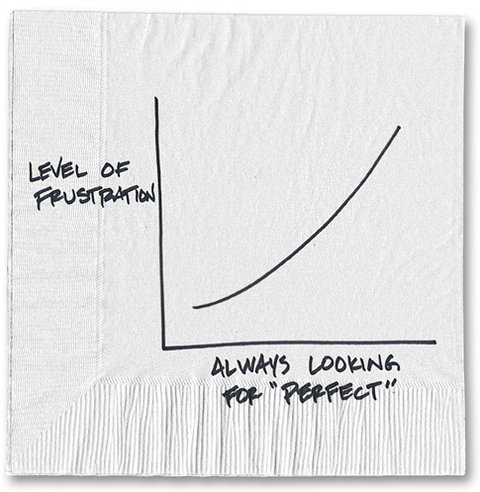It was one of the strongest signs yet that the government intends to change the way banks operate and let market forces play a larger role in China, which has the world’s fastest-growing major economy.
The move was also part of a broader strategy to restructure the economy away from investment-fueled growth and reduce the role of the state in the economy, freeing up banks to lend to private entrepreneurs in the hopes of encouraging innovation.The central bank said in an announcement late Friday that beginning Saturday, the government would no longer set a minimum interest rate for corporate loans. That move could allow banks to lower rates and more fiercely compete for customers.
The government, though, chose not to lift its cap on lending rates, nor did it alter the ceiling it places on the rates banks pay to depositors, either of which economists say would have had more far-reaching effects.
Dong Tao, an economist at Credit Suisse, said on Friday that Beijing was showing a stronger determination to reform the financial system. “This is the beginning of China’s rate liberalization,” he said in an e-mail. “Removing the lending rate floor is less meaningful than removing the deposit rate ceiling, but I think the latter will come too in the coming months.”
China’s president, Xi Jinping, and Prime Minister Li Keqiang are pushing bold reforms, even as the economy shows signs of weakening. Economists have been increasingly concerned that in recent years banks in China have done a poor job allocating capital and evaluating risk. Because the government sets caps on the rates paid to depositors and sets minimum and maximum lending rates, Chinese banks benefit from big interest rate spreads far larger than most Western banks. Analysts say this system has also encouraged lax lending standards and may have fueled asset bubbles.
A few weeks ago, the government created a credit squeeze that made it difficult for banks to conduct short-term borrowing. The government said its decision to pull back credit from the overnight lending market was meant to force banks and financial institutions to improve lending standards and better guard against risk. Beijing’s new leadership team, which took office in March, has also promised to make the national currency, the renminbi, more freely convertible and to open up the nation’s capital account, and liberalizing interest rates is believed to be a necessary step before making those changes.
Whether the move on Friday would immediately lower borrowing costs is unclear, since most banks already lend at higher rates than the floor set by the central bank, experts say. But over time the move could help establish more flexible lending and borrowing rates and create a more efficient banking system.
“It means banks could charge rates freely according to their own risk assessments,” said Wang Tao, an economist at UBS who is based in Hong Kong.
The central bank, known as the People’s Bank of China, did not alter the floor it sets on mortgage rates because of worries about property speculation. The central bank also said it was not ready to scrap the ceiling on deposit rates because of the risks involved.
“The central bank will work with other departments to improve the fundamental conditions to liberalize deposit rates steadily and orderly,” the bank said in its statement Friday.

Article source: http://www.nytimes.com/2013/07/20/business/global/china-liberalizes-lending-rates.html?partner=rss&emc=rss
